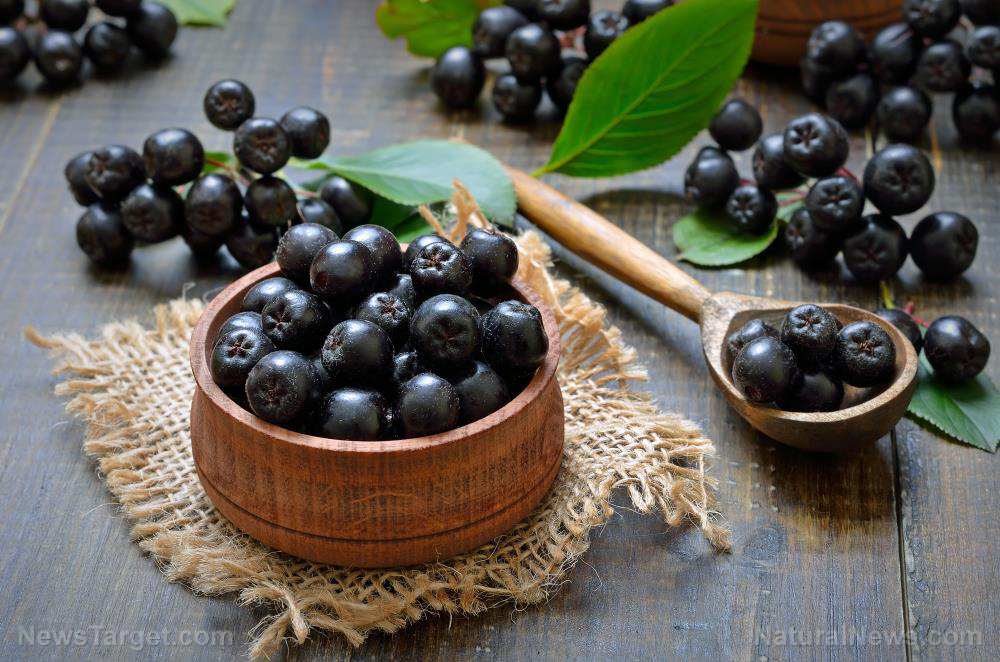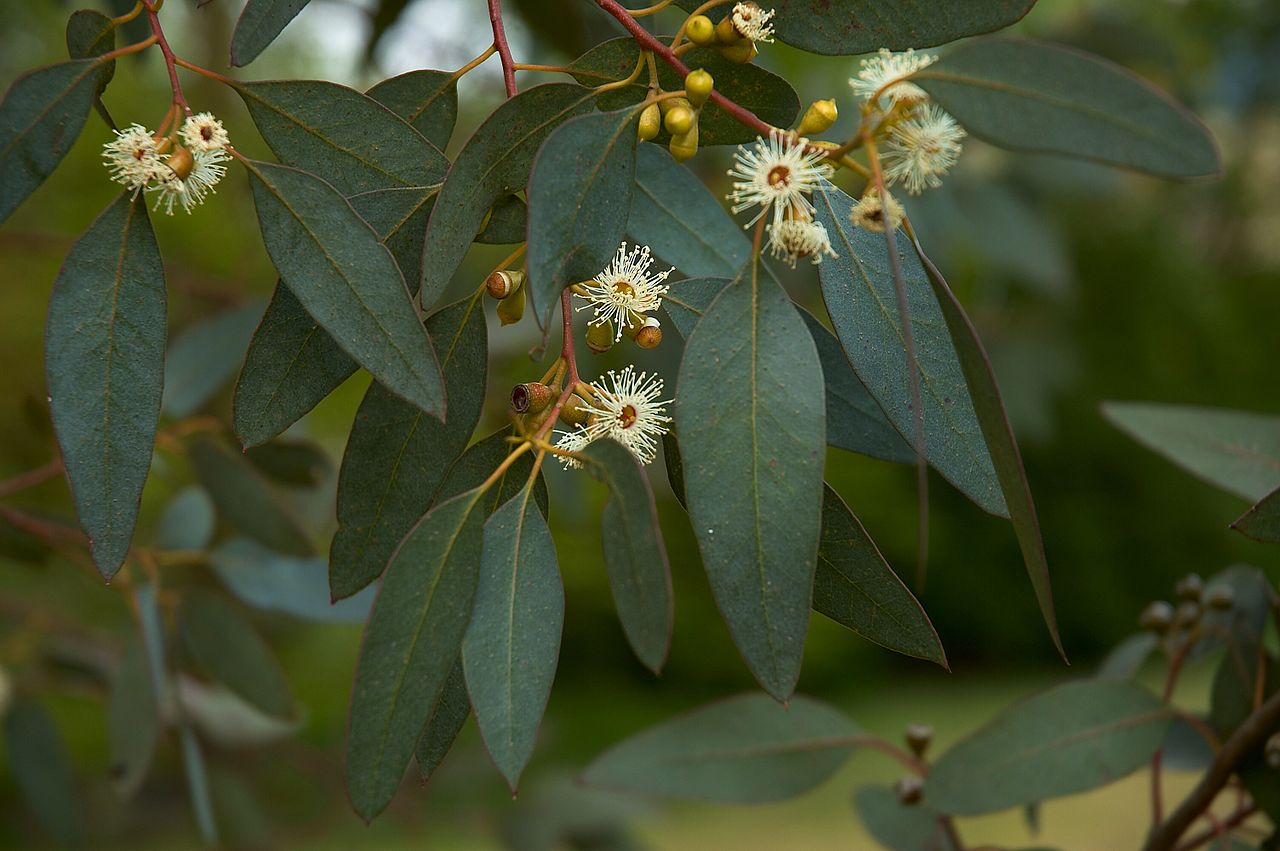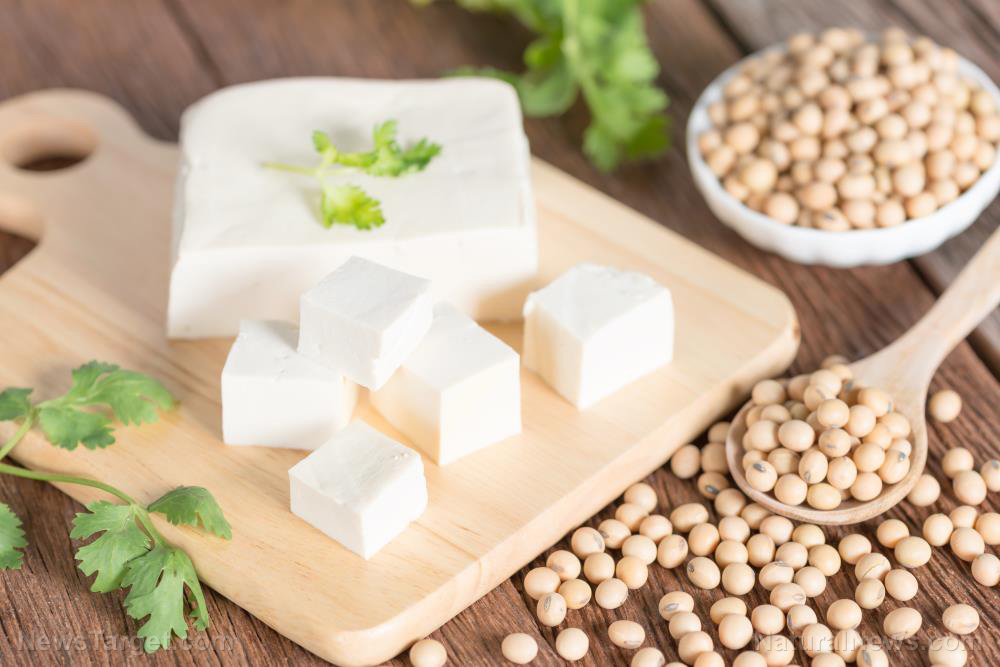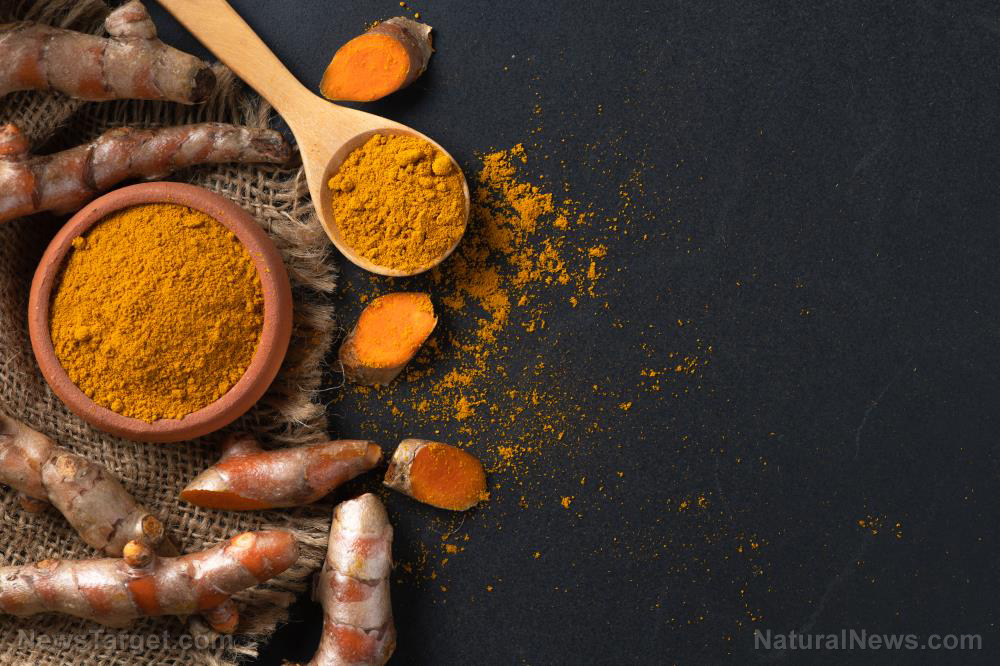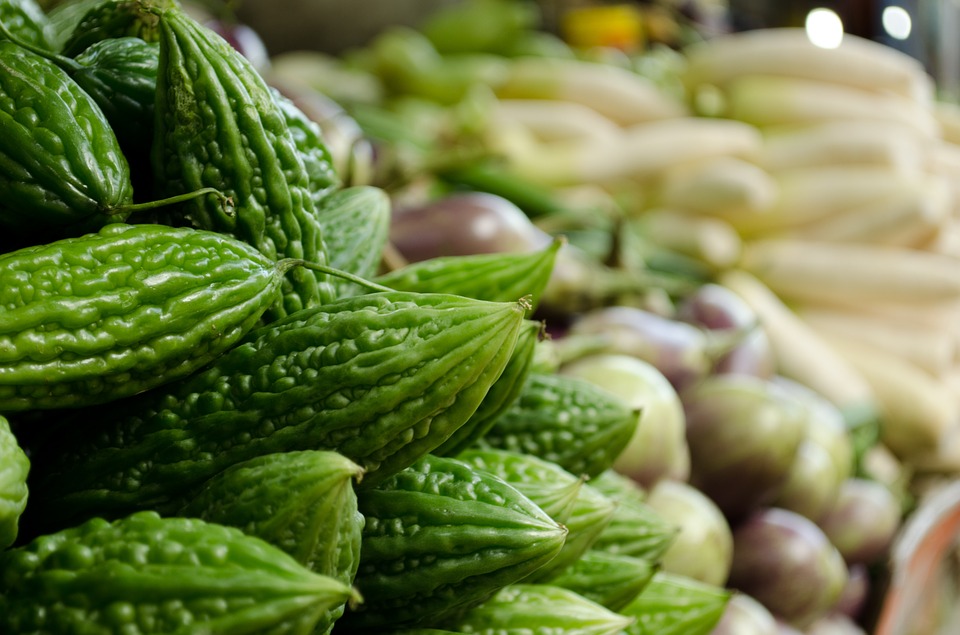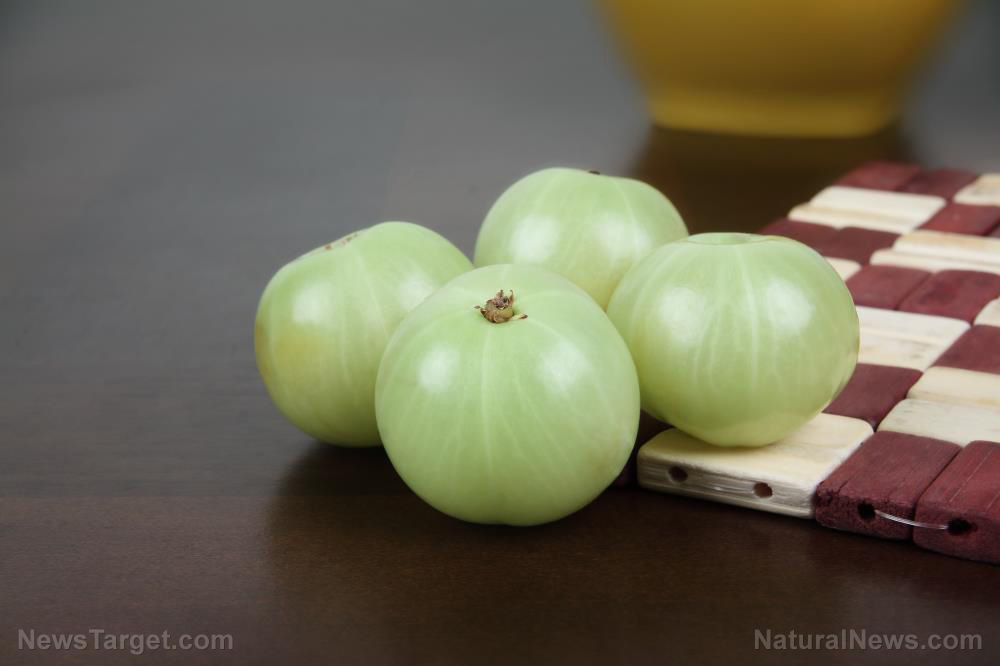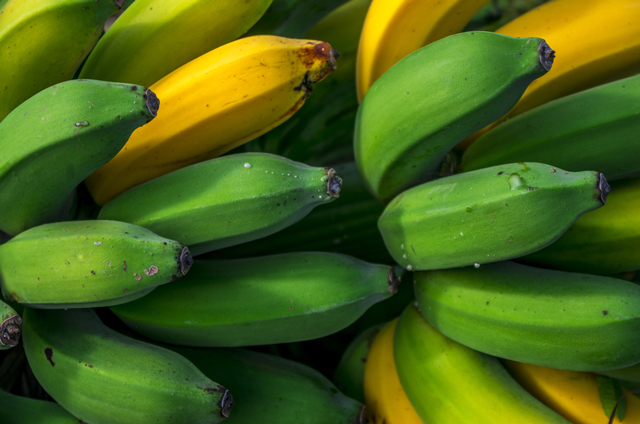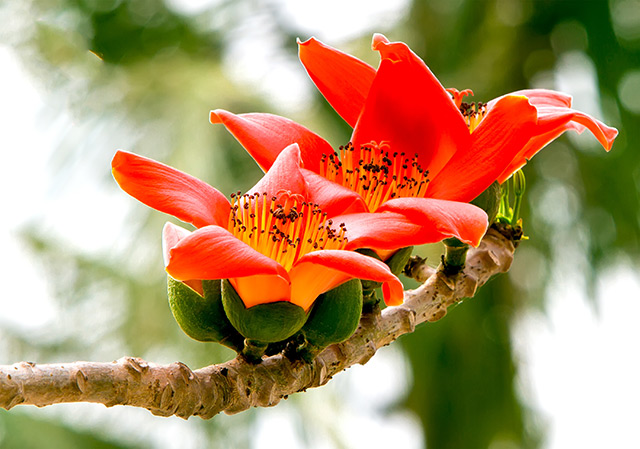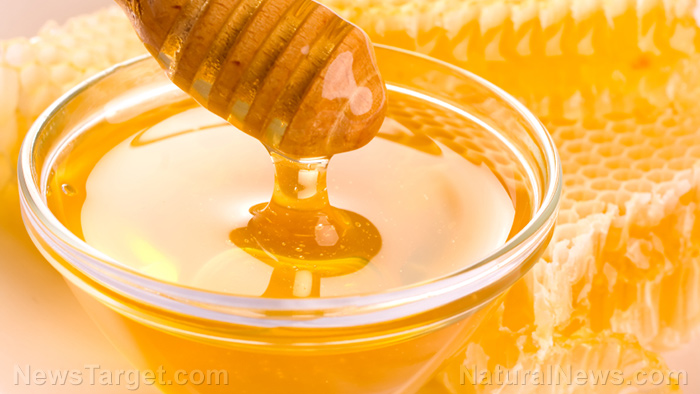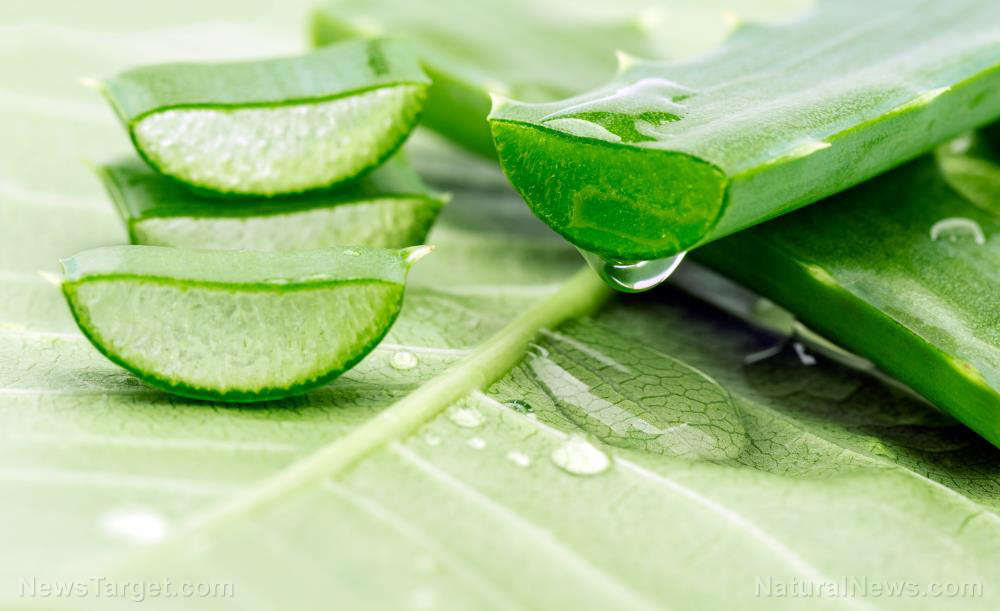Flavonoids found in the Tetracera indica Merr. shrub display antidiabetic potential
08/02/2018 / By Ralph Flores

Flavonoids isolated from the stems of the Tetracera indica Merr. (Dilleniaceae), a shrub native to mainland Southeast Asia, have potential anti-diabetes activity, according to a study published in BMC Complementary and Alternative Medicine.
- T. indica has been used in traditional medicine for treating diabetes in Malaysia, where it is referred to as mempelas paya.
- The study, which sought to evaluate the anti-diabetic potential of T. indica, used an ethanol extract from the stems, subfractions, and isolated compounds. The resulting compounds were subjected to various assays.
- Researchers used MTT viability assays to determine the cytotoxicity of T. indica extract on 3T3-L1 pre-adipocytes.
- The extract was also compared with rosiglitazone to determine its anti-diabetic properties, in particular, its insulin-like and insulin-sensitizing actions.
- Researchers also isolate bioactive solutions from T. indica extract using repeated repeated silica gel and sephadex LH-20 column chromatographies. They were able to isolate the following monoflavonoids: wogonin, norwogonin, quercetin, and techtochrysin.
- Of the isolates, wogonin and norwogonin displayed notable glucose uptake activity.
The results presented in the study indicate that the flavonoids that were isolated from T. indica can be used in treating diabetes.
Read the full text of the study at this link.
Journal Reference:
Hasan MM, Ahmed QU, Soad SZM, Latip J, Taher M, Syafiq TMF, Sarian MN, Alhassan AM, Zakaria ZA. FLAVONOIDS FROM TETRACERA INDICA MERR. INDUCE ADIPOGENESIS AND EXERT GLUCOSE UPTAKE ACTIVITIES IN 3T3-L1 ADIPOCYTE CELLS. BMC Complementary and Alternative Medicine. 2017;17. (431). DOI: 10.1186/s12906-017-1929-3
Tagged Under: anti-diabetes, antioxidants, diabetes, diabetes natural remedies, Malaysia, monoflavonoids, natural cures, natural health, natural medicine, natural remedies, Tetracera indica Merr.

